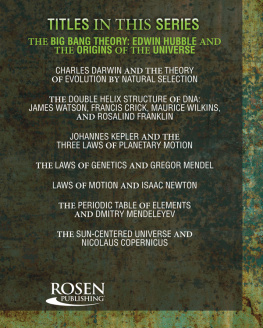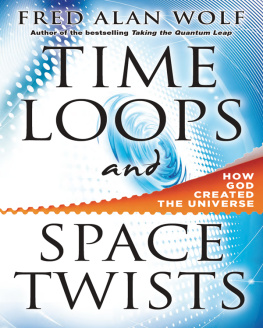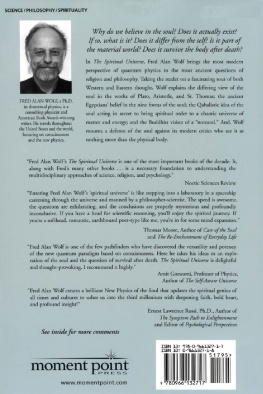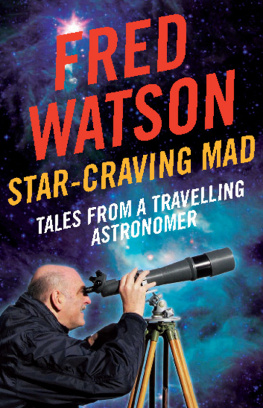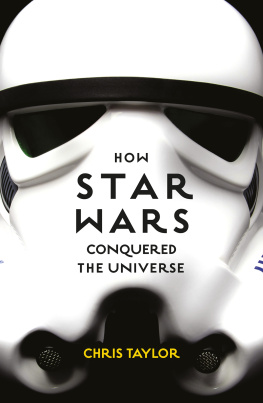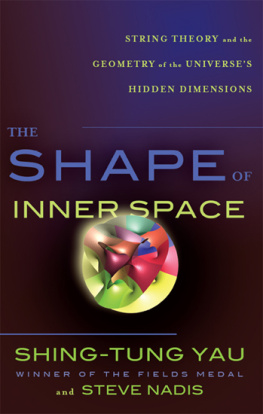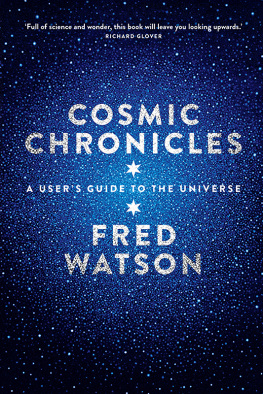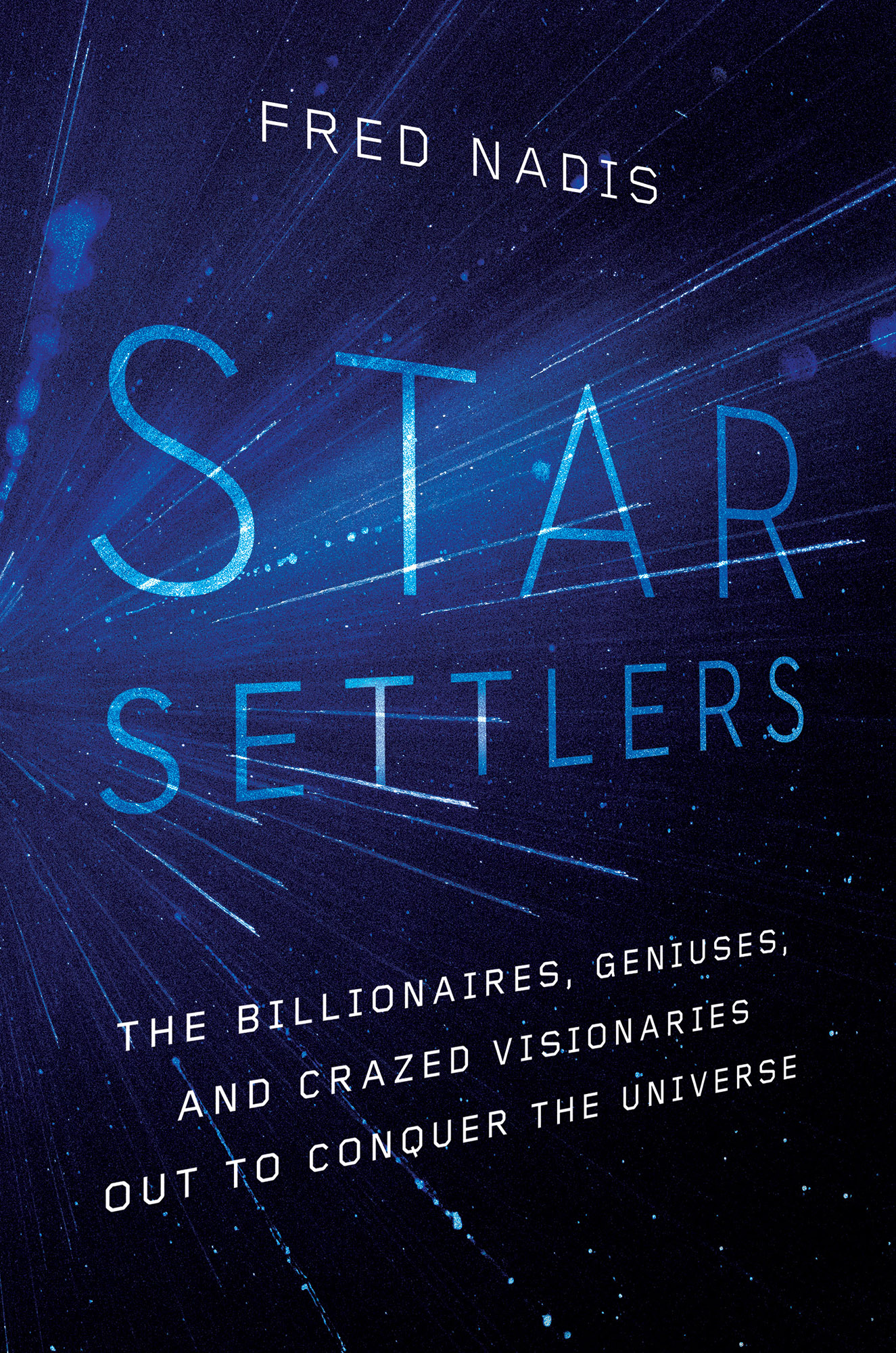Contents
Guide
ALSO BY FRED NADIS
Wonder Shows: Performing Science, Magic, and Religion in America
The Man from Mars: Ray Palmers Amazing Pulp Journey
S TAR S ETTLERS
Pegasus Books, Ltd.
148 West 37th Street, 13th FL
New York, NY 10018
Copyright 2020 by Fred Nadis
First Pegasus Books hardcover edition August 2020
Cover design by Faceouts Tudio, Timg Reen
Cover Art from Gettyi Mages
Author Photo Courtesy of Kate Connell
Interior design by Sabrina Plomitallo-Gonzlez, Pegasus Books
All rights reserved. No part of this book may be reproduced
in whole or in part without written permission from the publisher,
except by reviewers who may quote brief excerpts in connection with a review
in a newspaper, magazine, or electronic publication; nor may any part of this
book be reproduced, stored in a retrieval system, or transmitted in any form or
by any means electronic, mechanical, photocopying, recording, or
other, without written permission from the publisher.
eISBN: 978-1-64313-449-9
Distributed by Simon & Schuster
PREFACE THE STAR CHILD REBORN
The geography of Santa Barbara, where I now live, is defined not only by the narrow strip of developed land between the coastal mountains and the Pacific Oceanbut also by the aerospace industry. One hundred miles to the south, at NASAs Jet Propulsion Laboratory (JPL), robotic space vehicles are designed and missions overseen, sixty miles to the north, SpaceX launches Falcon rockets at Vandenberg Air Force Base. After launches, in my neighborhood, rocket plumes angle in the sky over the mountains.
Ten miles up the coast in Goleta, in the 1960s at Delco Electronics, engineers designed and tested Lunar Rover Vehicles. The former Delco buildings now house other high-tech companies, also with defense industry ties. Nearby are Northrop Grummans Astro Aerospace Manufacturing and Integration, ATK Aerospace Systems (satellite technologies), and Deployable Space Systems (solar array panels for spacecraft). Travel west 1.3 miles through the wetlands that border the airport, an area where archeologists still find Chumash Indian artifacts, and you are at the University of California.
On an April morning in 2018, while birds sang outside a conference room at the universitychirps blending with the back-up beeps of a maintenance vehicleUCSBs Experimental Cosmology Group was meeting. With funding from NASA, this was one of the teams participating in Yuri Milners Breakthrough Starshot with its goal of propelling minute, one-gram, spacecraft at about 20 percent the speed of light toward Alpha Centauri. The goal is to launch the starchips by 2040 on their approximately twenty-two year journey. The Cosmology Groups lead scientist, Dr. Philip Lubin, developed the concept for using laser arrays to propel the sailed starchips through interstellar space.
Bearded, short, broad-shouldered, energetic, Lubin worked a slide display for the groups weekly conference, choosing between folders with names such as: Along the Path to Interstellar Flight, Worms in Space 2017, and The Meaning of Life. He opened a slide that plotted a wide range of organisms basal (resting) and torpid (hibernating) metabolic rates versus mass and noted, wryly, that human passengers, for now, remained a disaster for interstellar travel.
For practical reasons, the group has chosen hardier and smaller organisms as the best candidates for early interstellar travel. The favorites are the tardigrade (or tiny water bearjust visible in a petri dish) and a species of nematode, both of which can be dehydrated and later revived. Tardigrades, which can handle intense shifts in temperature and pressure as well as exposure to radiation, have lasted up to ten days unprotected in outer space, and can survive as long as a century in suspended animation. Should humans, ultimately, prove biologically unsuited to long space voyages (or to suspended animation), more imaginative speculations might salvage the dream. Lubin alluded to these speculations when he turned to his teams space theologian, Michael Waltemathe, based at Ruhr University in Germany, and joked, We need a subgroup to redesign humans.
One of Yuri Milners stated goals for Breakthrough Starshot is to determine if any of the planets in the Alpha Centauri triple-star system are habitable and perhaps already inhabited. The Starshot website asks, When we find the nearest exo-Earth, should we send a probe? Do we try to make contact with advanced civilizations? Who decides? Individuals, institutions, corporations, or states? Or can we as speciesas a planetthink together? Ultimately, many are hoping that humanity or redesigned humans, i.e. transhumans, can make the journey. Interstellar flights are no longer entirely a fantasy. (Particularly if you are a nematode.)
Beyond the question can we actually do it? with which the UCSB Cosmology Group and other astrophysicists worldwide have begun to grapple, is the further question why should we do it? One of the reasons the cosmology group had a theologian in its midst was to contemplate the ethical issues the spaceflight revolution may raisewhether in a century, five hundred years, or a millennium. The goal of spacefaring, on one level, represents a simple desire for human survival, a feint to avoid destruction, but on another signifies enormous hubris: humans or human/mech offspring will seed the stars and offer immortality for the species. While space exploration and compiling knowledge about the cosmos seem like normal science at work, the added desire to get out there is often driven not by mere curiosity but a sense of destiny. As an idea, it can slowly grow on you.
As discussion in the UCSB conference room segued into the highly technical realm of laser specifications, I had time to wonder what had prompted me to be thereafter all, Id managed to pick up my humanities degrees in college with very few classes in math or the sciences. The most obvious connection I had with the gathered scientists was science fiction. Scratch any astrophysicist interested in interstellar flight and youre likely to find a hard science fiction fan. For example, in the UCSB conference room was Andrew Higgins, a visiting physicist from McGill University, who commented that he was taking an interstellar sabbatical at UCSB because as an adolescent he had read physicist Robert L. Forwards Flight of the Dragonfly (1984), a science fiction book which offered a schematic for laser light and sail-driven starships.
Unlike these scientists and many of my peers, I was a latecomer to the game. In my kid years, I was more of a comic book fanif you handed me a copy of Richie Rich, The Flash, Dottie Dot, Tales from the Crypt, or Archie and the Gang, Id read ityet I was slow to warm to science fiction. In seventh grade, for example, I had friends who had formed the Rutabaga Club, who liked to chant rutabaga, rutabaga, rutabaga, at basketball games. One member, Feinstein, whose dad was a mathematician, beat me in chess using fools mate. Then there was Perlman. I was invited to his house one afternoon, and I examined the science fiction paperbacks on his shelves. It was all that the Rutabaga Club members read. Stuff like Roger Zelaznys


